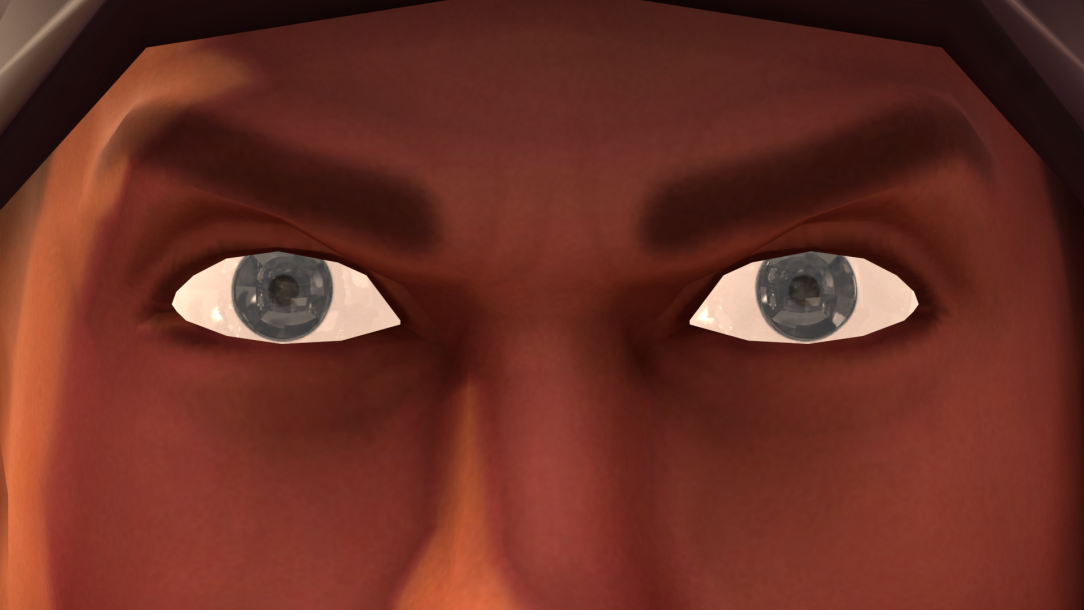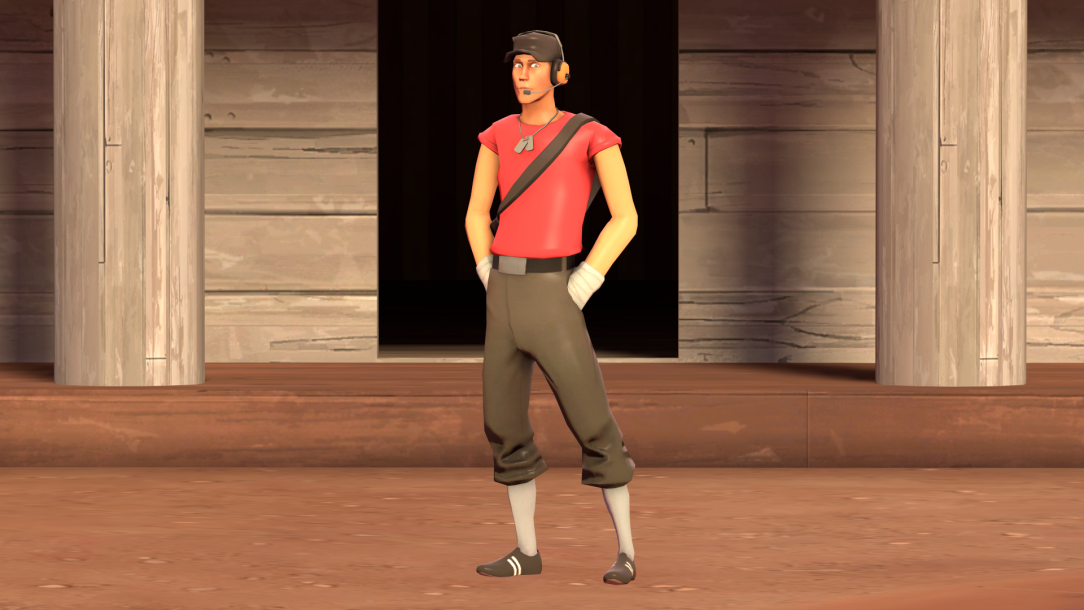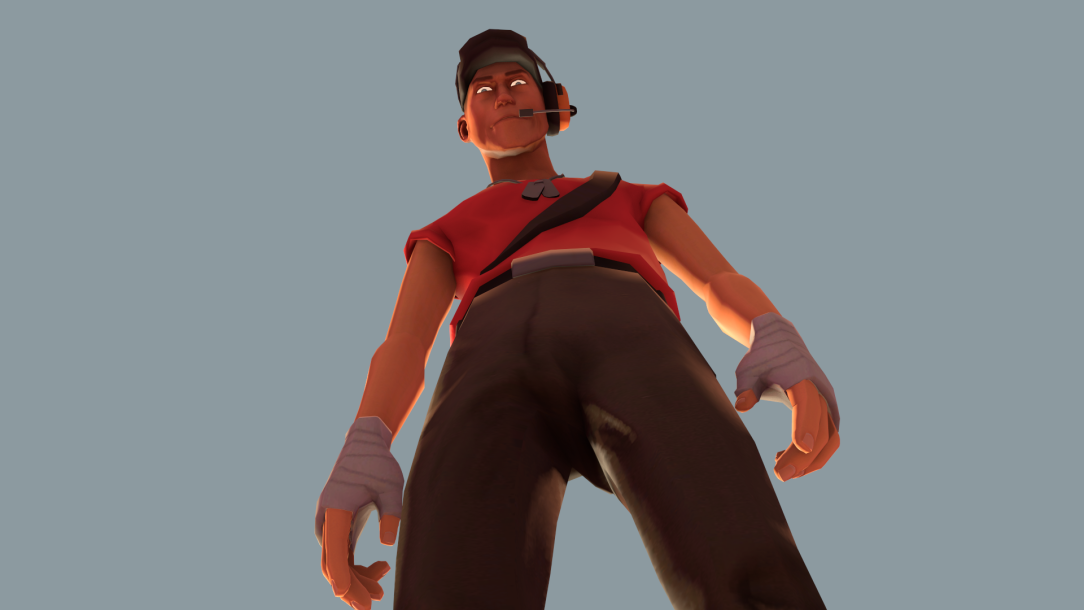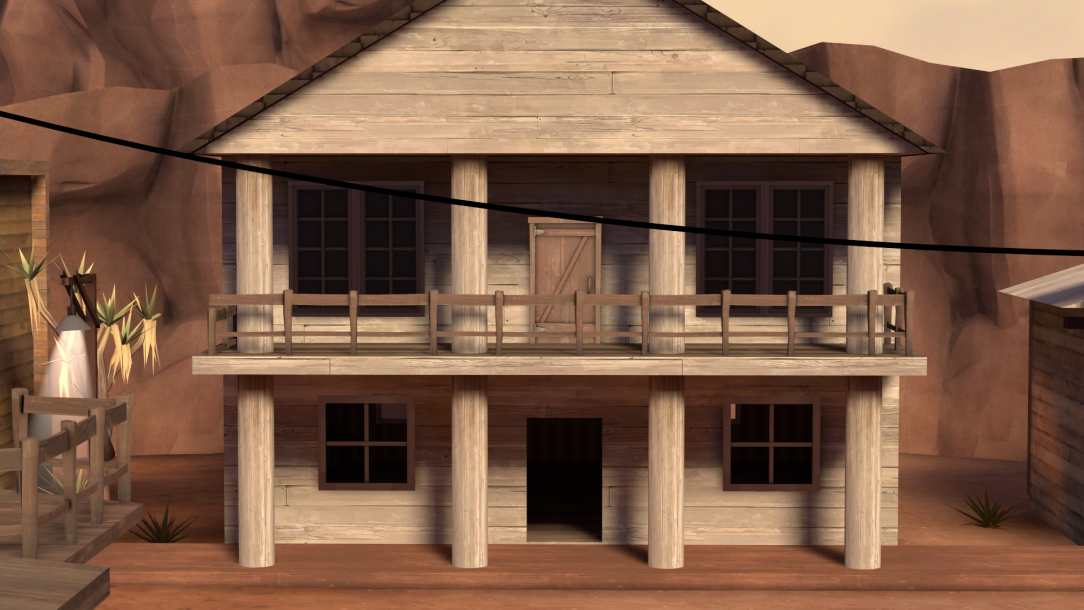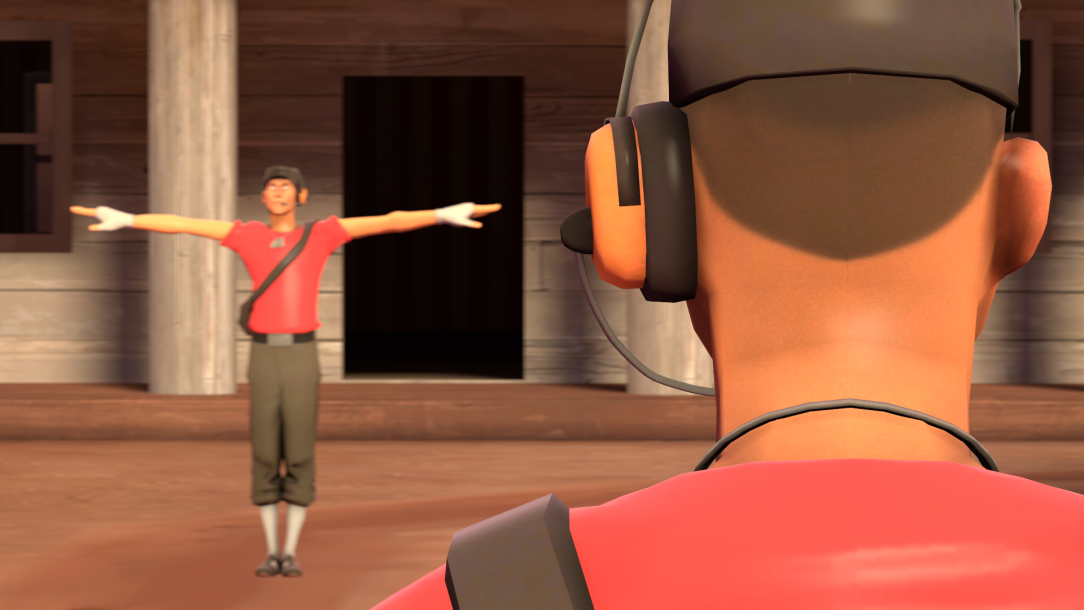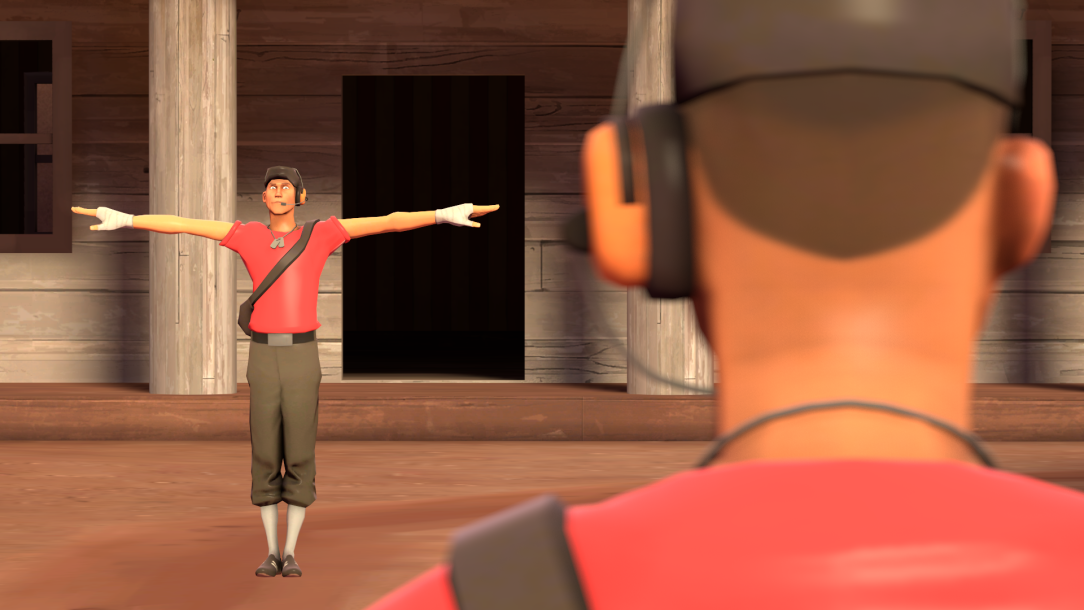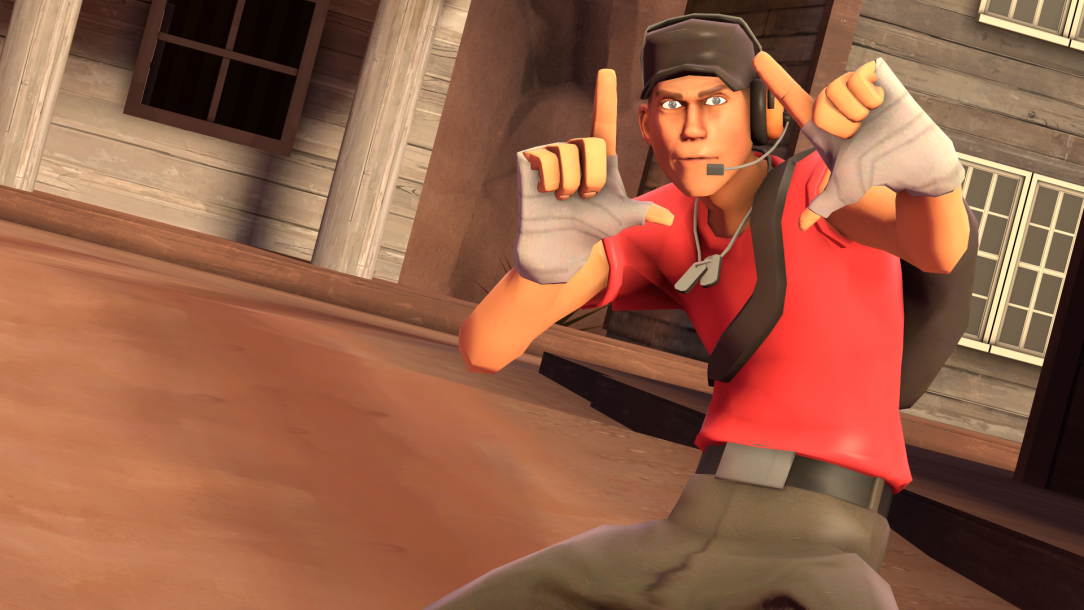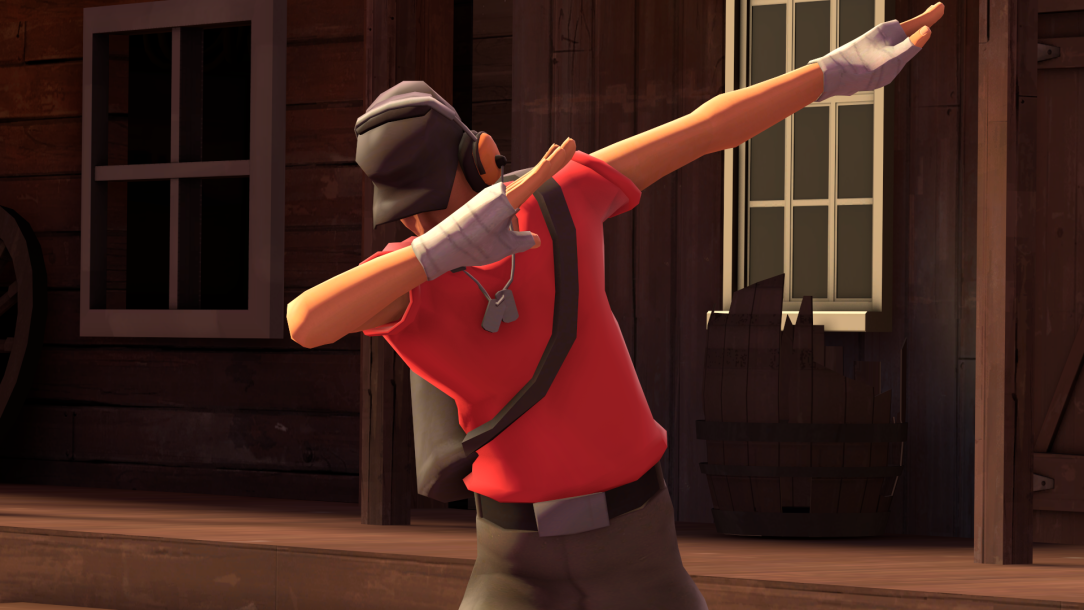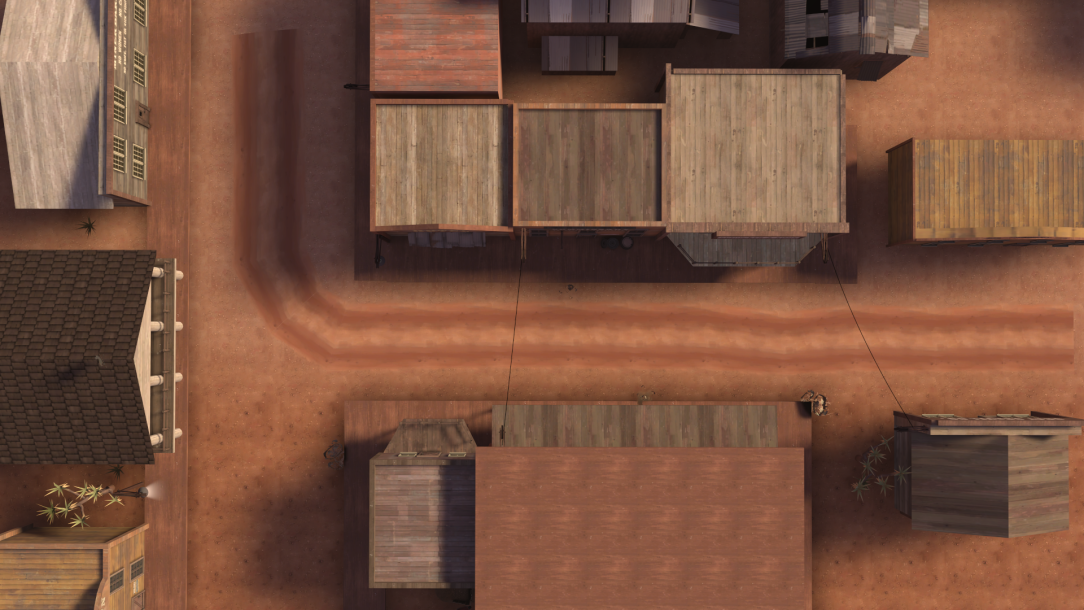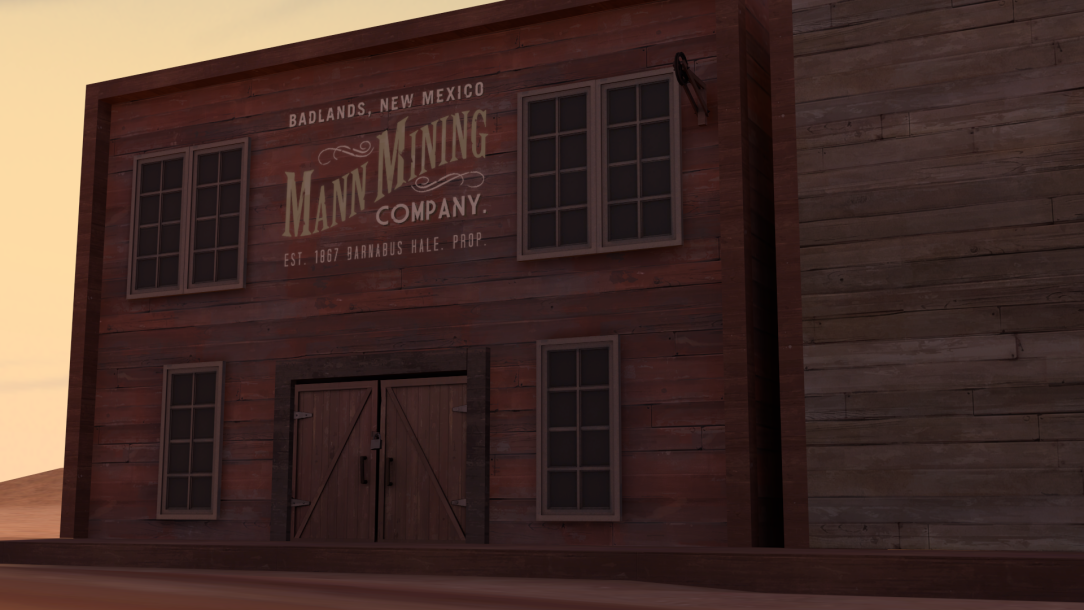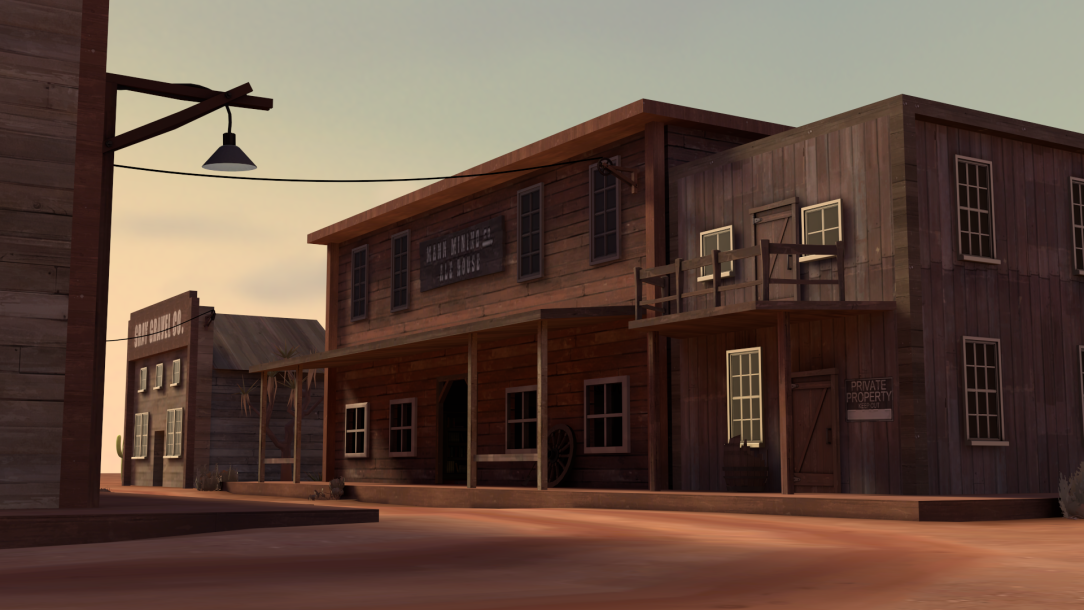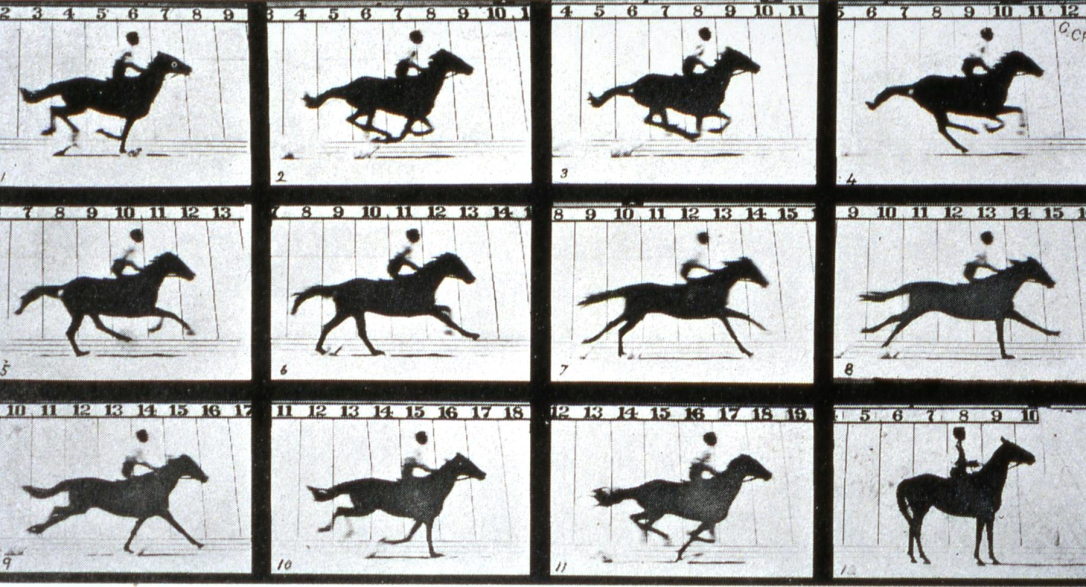Today was the day we set out to film our shots for our live-action game trailer. This included getting the equipment ready and quickly learning how to use it properly. As the cameraman, my job was to film the shots. This meant I would have to keep the camera steady when needed to and get good shots.
But beforehand, we needed to set up one of the actors to make him look like the killer we were referencing. By doing that, we had to put makeup on him to make him look like he had scars and wounds. This part was time-consuming as we had to set it up and wait for it to dry. Once that was done, we set out to start filming.
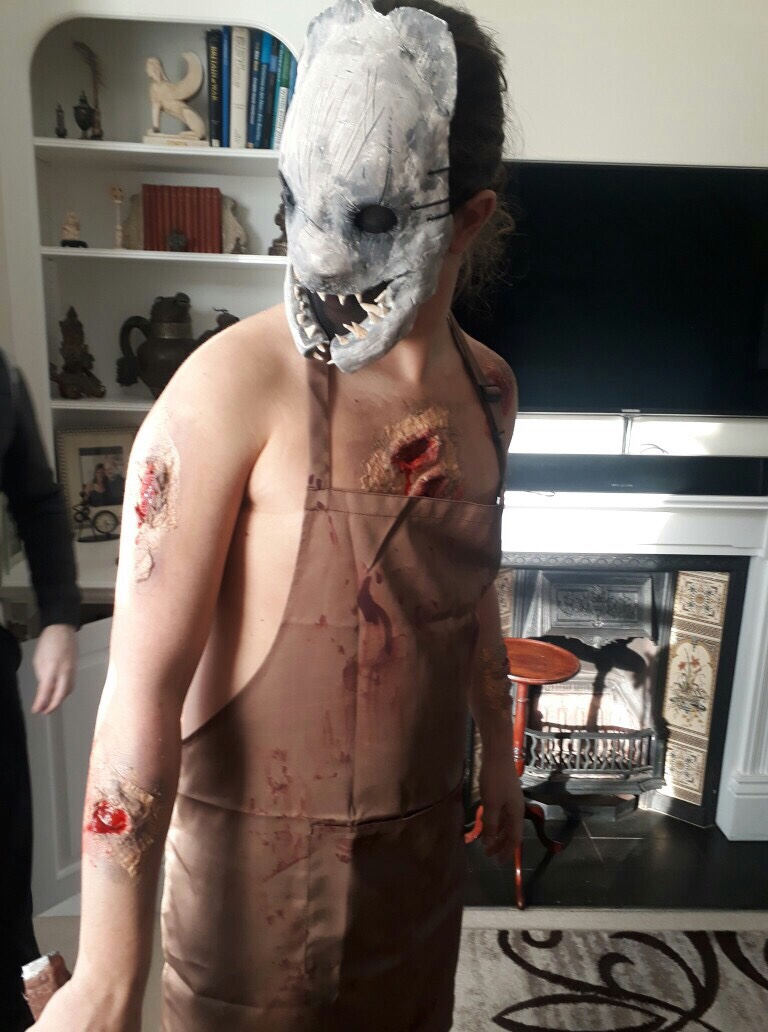
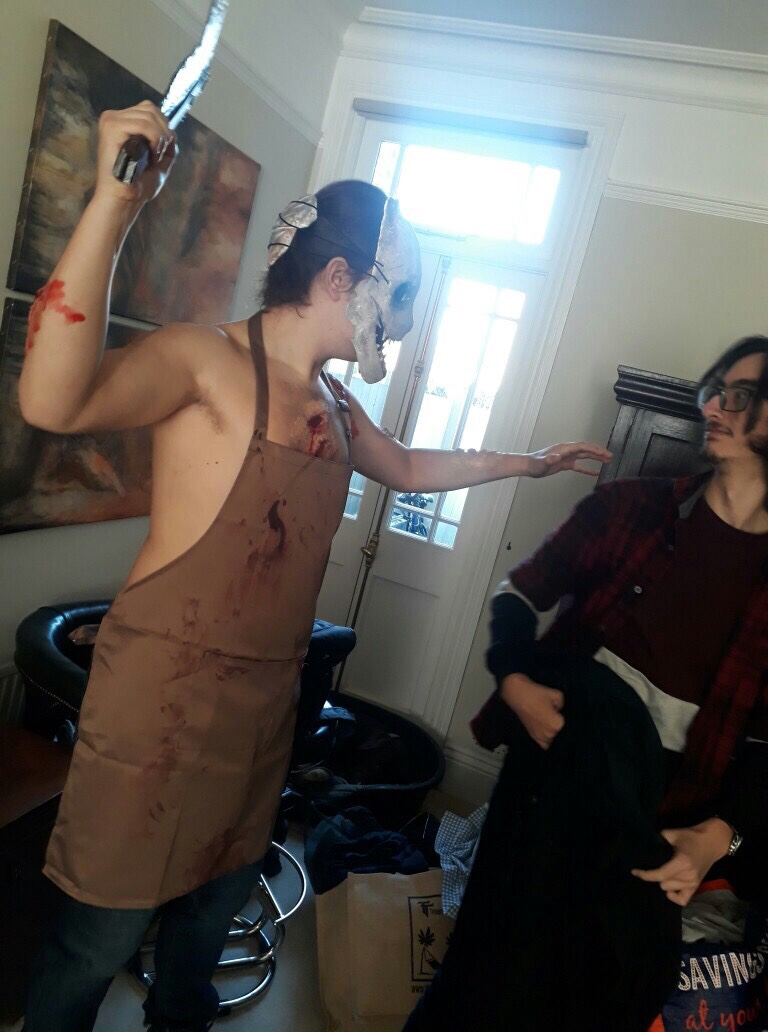
The most difficult part of this was getting a good version of the running tracking shot as there wasn’t much space for me to run. Not only that but getting the camera setup well was just as difficult. It’s not easy getting a tracking shot with a still camera. A technique we decided on was to use the stabiliser upside down which would help reduce the shakiness of the camera when running. The footage would appear upside down but we can easily change that in premiere pro.
The majority of these shots that I gathered I felt like I could have done better. Something about the way I did it feels lower in quality. In some cases, I think its the camera work. Although I do like some of the shots too, for example, the tracking shots I do like as they help with motion and framing the important aspects of the shot. An input I would make would be to have shots that track the running as I feel this would help emphasise the fact that the character is being chased, rather than just still running shots.

